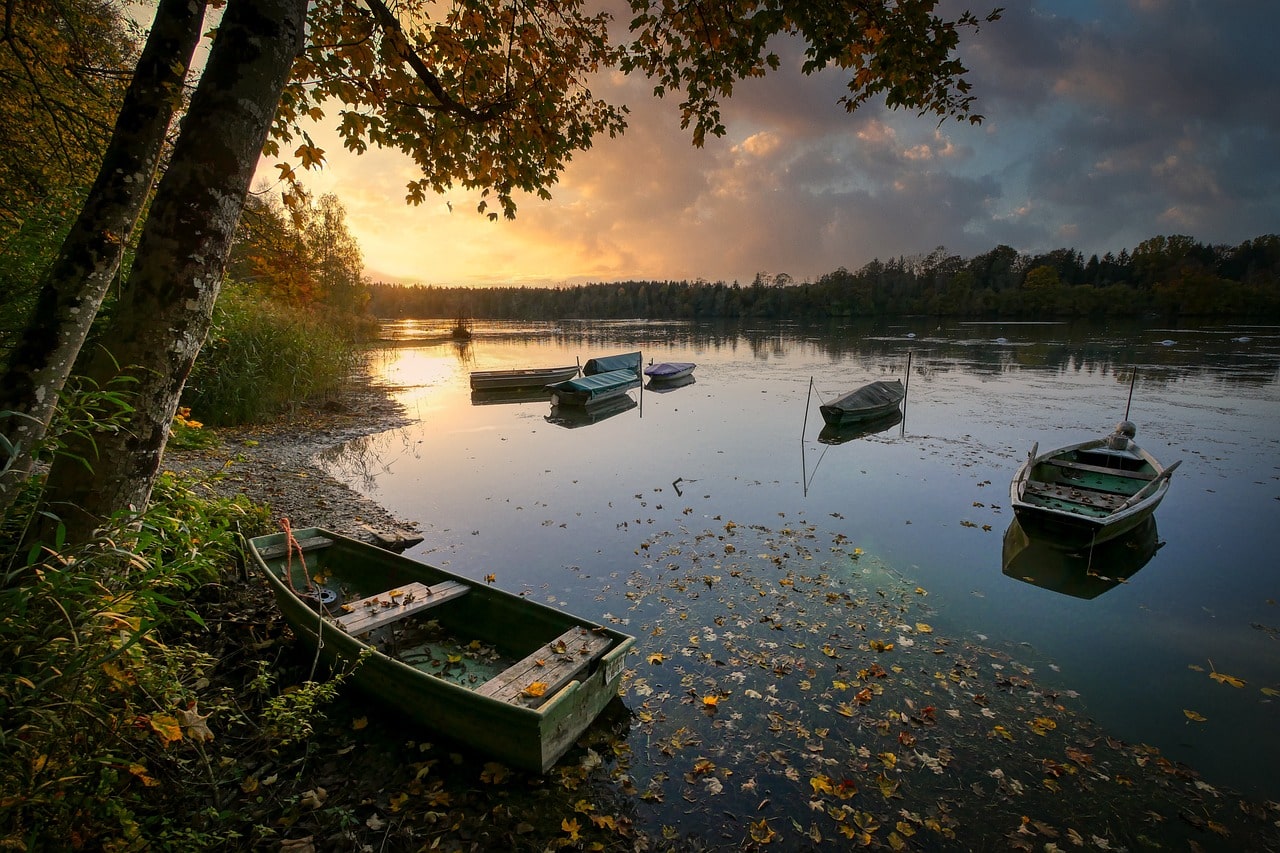West Sumatra’s Twin Lakes, comprising Lake Diatas and Lake Dibawah, are hidden gems in Indonesia. These high-altitude lakes offer a cool and refreshing climate, contrasting with the typically hot and humid Indonesian weather. Located about 5,000 feet above sea level, Lake Diatas is at an elevation of 5,023 feet, while Lake Dibawah sits at 4,797 feet. Despite their names, the route to Lake Diatas appears to descend, and the path to Lake Dibawah seems to ascend. The lakes are separated by only 1,000 feet, with depths of 144 feet and 1,014 feet, respectively.
The Twin Lakes are situated in the Highlands east of Padang, the capital city of West Sumatra. The region’s main economic activities include coffee plantations and farming cool-climate crops like potatoes, peppers, and cabbages. Simpang Market village, located on Lake Dibawah’s shore, has small homestays and guest accommodations for visitors. The West Sumatran government is promoting the area as a resort destination, which will likely improve transportation infrastructure.
The roads are rough, and public transportation is unreliable, making renting or hiring cars the best option. A three-hour drive from Padang covers the 65-mile distance to the lakes. Fishing is common, though details of specific species are unclear. Local boat tours offer scenic views of the mist-covered lakes and surrounding green hills. Several lakeside coffee shops provide pleasant dining experiences.
Nearby, Mount Talang, an active volcano, last erupted in 2005. It is home to the rare Nepenthes talangensis pitcher plant. The Solok district, containing the lakes, features spectacular waterfalls, which are particularly impressive during the rainy season. The small city of Solok is known for its unique cuisine, offering a treat for gourmets.
Padang, located on the coast, is famous for deep-sea fishing, beaches, water sports, and a bustling Chinatown. The city offers five-star hotels, resorts, restaurants, and entertainment venues. Bungus Bay, a short drive from Padang, is popular for snorkeling and boat trips to coral reefs. Air Manis Beach, a favorite for beginner surfers, offers surfing lessons. Pasir Jambak Beach, north of Padang, is on the way to Bukittinggi, a cultural hotspot.
Bukittinggi showcases Dutch colonial history interwoven with Minangkabau culture. It features distinctive architecture with buffalo horn-style roofs. The city houses museums, Fort De Kock, and Panorama Park, which overlooks the stunning Sianok Canyon. The Japanese built underground fortifications during WWII, and the military museum displaying Indonesian history adds to the city’s attractions. The Cultural Center offers nightly performances of traditional music and dance.
Sikek, near Bukittinggi, is known for wood carvings, textiles, paintings, and furniture. Natural destinations like Anai Valley Nature Reserve and Bung Hatta Forest Reserve provide diverse flora and fauna. The Anai Valley Nature Reserve features tropical forests and waterfalls, while Bung Hatta Forest Reserve, formerly Setya Mulya Botanic Gardens, houses the world’s largest flower, the Rafflesia Arnoldi.
Hiking, camping, and river kayaking are popular in West Sumatra. Accommodations range from small hotels to homestays, but luxuries like hot showers may only sometimes be available. Booking through experienced travel agents is recommended. West Sumatra remains one of the world’s few undeveloped places and is a must-visit for world travelers.

